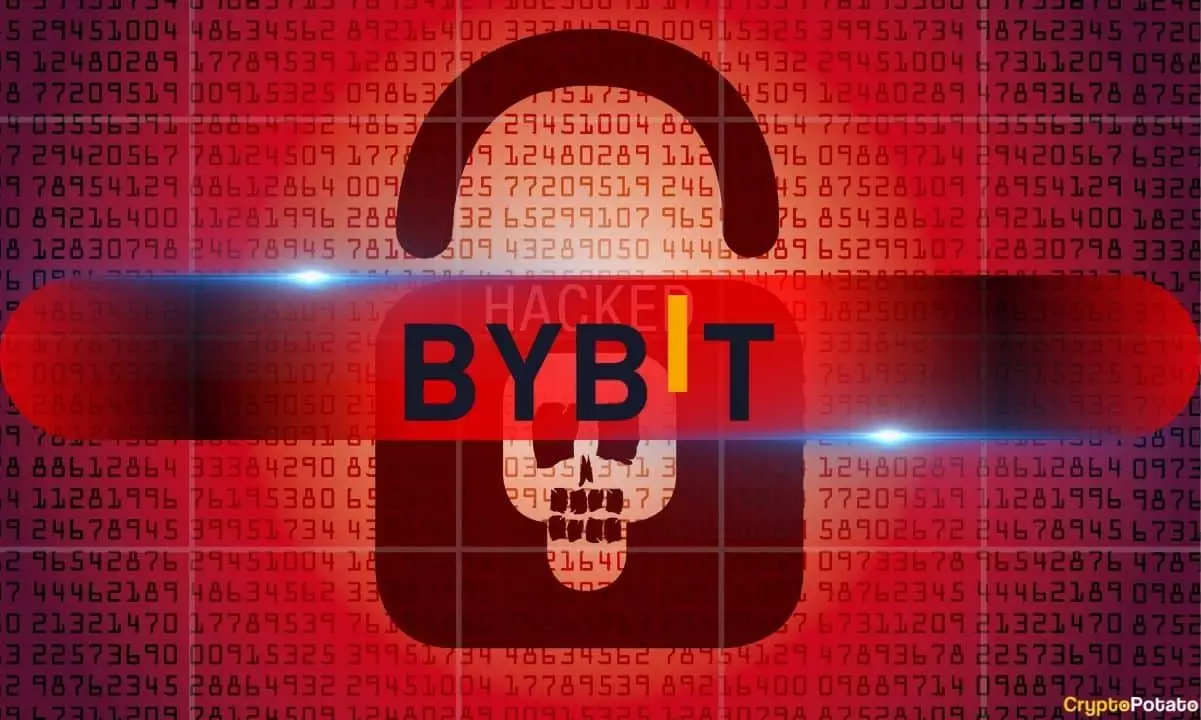In an age where digital currency is more than just a trend—it’s a revolution—one might think that security flaws would be a thing of the past. However, the recent $1.5 billion loss that Bybit endured showcases the stark reality that vulnerabilities abound even in the most prominent crypto exchanges. Less than two months ago, Bybit, a leading trading platform, suffered a catastrophic hack that put the entire sector on notice. This attack raises the uncomfortable but necessary question: How secure are our assets in an increasingly digitized world, and what can we learn to safeguard the future?
The attack on Bybit illustrates a monumental failure in identifying potential points of breach. The fact that a well-established platform could fall prey to such a breach reveals an alarming oversight—not only within Bybit itself but across the entire cryptocurrency industry. While regulation may lag behind the innovation of this field, the onus is on exchanges to proactively bolster their security systems. Sadly, hackers are often several steps ahead, leading one to wonder whether exchanges are truly prepared for this digital warfare.
The Ripple Effect on Market Stability
Bybit’s incident did not exist in a vacuum; it triggered a notable ripple effect throughout the broader crypto market. Market dynamics can shift swiftly after significant hacks, manifesting not only in plummeting trading volumes but also in heightened bid-ask spreads. When Bybit was targeted, its market share in spot trading volume plummeted from 11% to just 4%, a staggering statistic that underscores the fragility of the crypto ecosystem. Additionally, the diminishing proportion of Bitcoin trading—from 50% to below 20%—is revealing. It highlights an unsettling reality: confidence in these platforms is not just about individual resilience but collective trust.
Moreover, the overall market was already feeling the impact of macroeconomic phenomena, including trade tariff tensions and the looming specter of artificial intelligence encroaching on various sectors. In this context, the hack served as a catalyst that intensified existing fears rather than existing in isolation. The crypto community witnessed a fervent sell-off, reflecting a broader instinct to de-risk, a behavior that is not simply an emotional response but a rational market strategy in the face of uncertainty.
The Role of Retail Traders in Recovery
In examining the post-attack recovery dynamics, one cannot overlook the unique contribution of Bybit’s Retail Price Improvement (RPI) orders, which were introduced just days before the hack. This unprecedented feature aimed specifically to enhance liquidity for retail traders, which highlights an essential, yet often sidelined aspect of the crypto trading landscape: the role of the individual investor. While institutional investors possess the bulk of the market’s resources and clout, the everyday trader is the lifeblood of this evolving ecosystem.
The resilience displayed by Bybit’s order book depth within a week post-hack signals an interesting tension; institutional and retail trading sentiments diverge, ultimately shaping market conditions. RPI orders created a robust environment where liquidity remained steady, even amid chaos. This dynamic could serve as a blueprint for exchanges moving forward—a reminder that a focus on retail investors can provide unexpected stability in turbulent times.
The Fight for Trust in a Digital Future
The aftermath of Bybit’s breach transcends the immediate financial losses. It raises an essential dialog about trust and safety in the cryptocurrency marketplace. Trust is not a finite resource; rather, it is cultivated through consistent performance, transparency in operations, and proactive security measures. Exchanges must not only showcase their technological advancements but also fortify consumer perceptions by communicating their security frameworks openly.
Moving ahead, the challenge for Bybit and others in the sector will be to restore faith while navigating the minefields of macroeconomic factors, technological vulnerabilities, and regulatory pressures. The journey will be arduous, but it is imperative. The collapse of trust could lead to a mass exodus from platforms deemed insecure, and this is territory no entrepreneur in this brave new world wants to venture into.
As we analyze these deals, let us not forget that while the threats are omnipresent, so are the opportunities for growth, innovation, and fortification. The fundamental question remains: how prepared is the crypto landscape to weather the storms of change? With millions at stake, the forthcoming answer will unveil whether the revolution can endure or if the cycle of vulnerability will continue.


Leave a Reply